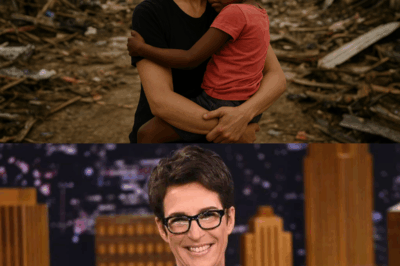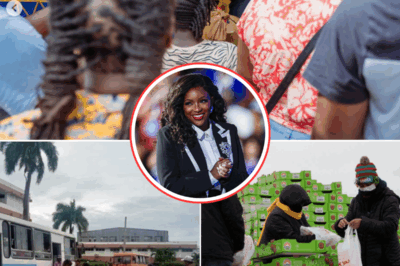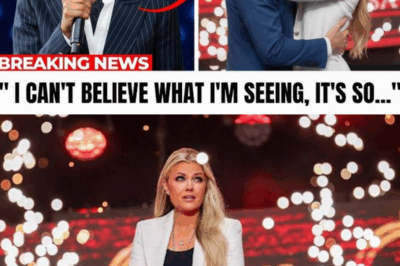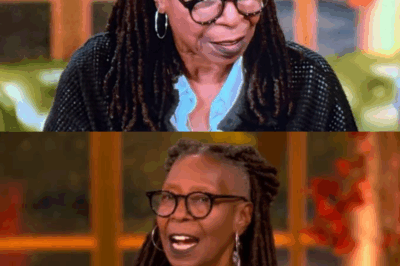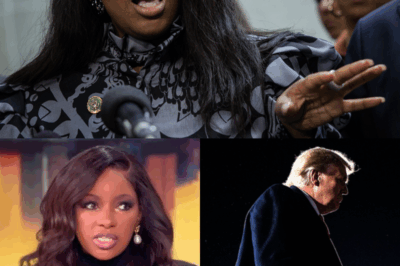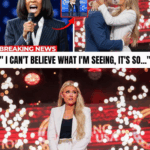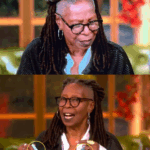On a chilly Saturday night in New York City, the stage of Saturday Night Live became the epicenter of a cultural earthquake. Bad Bunny, the Puerto Rican global superstar, stood center stage, dressed in a pristine white outfit that radiated confidence and charisma. But it wasn’t just his presence or his music that captivated the audience — it was his words.
“If you didn’t understand what I just said,” he told the crowd with a sly smirk, “you have four months to learn.”
The audience erupted in applause and cheers, but the impact of his statement extended far beyond the walls of Studio 8H. Within hours, social media platforms were ablaze with reactions. Some hailed it as a moment of empowerment and pride for the Latino community, while others decried it as divisive and un-American. In just one sentence, Bad Bunny had sparked a nationwide conversation about identity, culture, and the evolving face of America.
And the Super Bowl, still months away, had already become a cultural battleground.
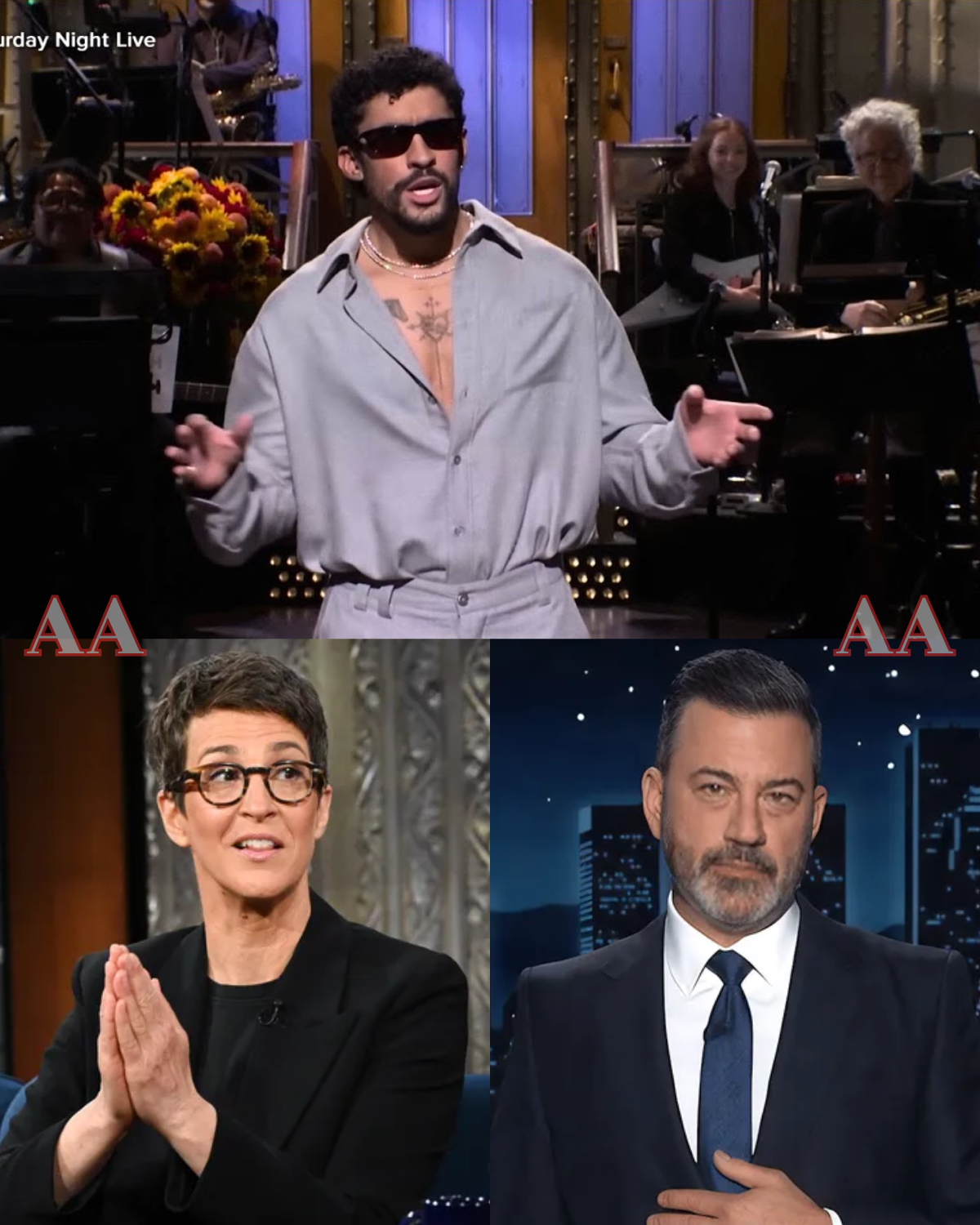
A Controversial Choice for the Super Bowl Halftime Show
When the NFL announced that Bad Bunny would headline the 2026 Super Bowl halftime show — the first-ever to be performed entirely in Spanish — it was a historic moment. For fans of the reggaeton superstar, it was a long-overdue recognition of the global dominance of Latin music. Bad Bunny, after all, is not just a musician; he’s a cultural phenomenon. With countless chart-topping hits, sold-out stadium tours, and billions of streams, he’s one of the most influential artists of his generation.
But not everyone was thrilled with the NFL’s decision. Critics, particularly from conservative circles, were quick to frame the announcement as a step too far. For them, the idea of a Spanish-only halftime performance at what has traditionally been considered a quintessentially American event felt like a rejection of the country’s cultural roots.
Conservative commentators and political figures, including Homeland Security Secretary Kristi Noem, were among the loudest voices of dissent. “The NFL may think it’s putting on a show,” Noem said in a fiery statement, “but after this decision, they won’t be able to sleep at night.” She accused the league of abandoning the values that made the Super Bowl a unifying event for Americans of all backgrounds.
The backlash was swift and vocal. Social media exploded with debates over the decision, with hashtags like #SuperBowlInEnglish and #BoycottNFL trending on platforms like X (formerly Twitter). Some fans expressed frustration, arguing that the Super Bowl halftime show should cater to all Americans, not just one demographic. Others went further, framing Bad Bunny’s selection as an act of cultural defiance.
But if the critics hoped to intimidate the artist into silence, they were sorely mistaken.
Bad Bunny’s Defiant Response
Rather than shying away from the controversy, Bad Bunny leaned into it. During his SNL appearance, he addressed the backlash head-on, delivering a pointed message in flawless Spanish. After thanking his fans and paying tribute to the Latino artists who paved the way for him, he ended with the now-iconic line: “Y si no entendiste lo que acabo de decir… tienes cuatro meses para aprender.”
It was a bold statement, one that instantly became a rallying cry for his supporters. For many in the Latino community, it was a declaration of pride and a challenge to the status quo. Bad Bunny wasn’t just performing at the Super Bowl; he was redefining what it meant to be a global superstar in an America that is increasingly diverse and multilingual.
The Power of Language and Representation
To understand the significance of Bad Bunny’s statement, it’s important to consider his role in the broader cultural landscape. In an industry that has historically pressured non-English-speaking artists to conform to American norms, Bad Bunny has refused to compromise. He sings in Spanish, embraces his Puerto Rican identity, and challenges traditional gender norms with his fashion and persona.
His success has proven that artists don’t need to cater to English-speaking audiences to achieve global recognition. In 2025, he became the first artist to hold the top three spots on Spotify’s global charts simultaneously — all with songs sung entirely in Spanish. His music videos routinely rack up billions of views, and his concerts sell out within minutes.
“Bad Bunny is more than an artist,” said media critic Ana López. “He’s a movement. He’s proof that you can be unapologetically yourself and still succeed on the world stage.”
By choosing to perform the Super Bowl halftime show in Spanish, Bad Bunny is taking that message to its logical conclusion. He’s challenging the idea that American culture is synonymous with English and asserting that the country’s identity is far more diverse than its traditional image suggests.
The Divisive Reaction
Unsurprisingly, not everyone sees Bad Bunny’s halftime show as a step forward. Conservative media outlets were quick to frame his SNL comment as arrogant and exclusionary. “Bad Bunny just told half the country to learn his language,” one headline declared. “Imagine the outrage if it were reversed.”
Talk radio host Glenn Beck accused the NFL of “turning patriotism into pandering,” while commentator Dan Bongino called the decision “a middle finger to the audience that made the Super Bowl what it is.” Even some football fans who don’t follow Latin music expressed frustration, arguing that the halftime show should be accessible to all viewers.
But for Bad Bunny’s supporters, the criticism misses the point. “This isn’t about exclusion,” said Univision host Jorge Ramos. “It’s about inclusion. It’s about recognizing that America isn’t a monolith. It’s a mosaic.”
The Changing Face of America
The debate over Bad Bunny’s halftime show is indicative of a broader cultural shift in America. According to recent census data, Latinos make up nearly 20 percent of the U.S. population, and their influence on American culture is undeniable. From food to fashion to music, Latino culture is no longer a subculture — it’s a central part of the American experience.
“Bad Bunny isn’t dividing America — he’s reflecting it,” Ramos said. “He’s showing us what this country looks like in 2026.”
For decades, Spanish-speaking artists were told they needed to sing in English to achieve mainstream success in the United States. But artists like Bad Bunny, J Balvin, and Rosalía have flipped that narrative, proving that music transcends language. Their success is a testament to the growing influence of Latin culture on the global stage.
The NFL’s Gamble
For the NFL, the decision to book Bad Bunny is both a business move and a cultural statement. The Super Bowl halftime show is one of the most-watched events in the world, drawing millions of viewers from around the globe. By choosing a global superstar like Bad Bunny, the league is signaling its commitment to diversity and its desire to appeal to a broader audience.
“This isn’t a risk,” said marketing analyst David Reynolds. “It’s a smart move. The NFL knows that the future of its audience is diverse, and Bad Bunny is the perfect artist to reflect that.”
Still, the league is aware of the potential for backlash. The Super Bowl halftime show is more than just a performance — it’s a cultural touchstone, a reflection of America’s values and identity. By choosing Bad Bunny, the NFL is taking a stand on what it believes those values should be.
The Stakes Are Higher Than Ever
As the countdown to the 2026 Super Bowl begins, the stakes couldn’t be higher. If the halftime show is a success, it could go down as one of the most iconic performances in the event’s history, a celebration of unity through diversity. But if it’s perceived as divisive, it could deepen the cultural rift that has already divided the country.
For Bad Bunny, the pressure is immense. But those who know him best say he’s more than ready for the challenge. “He thrives on moments like this,” said one of his collaborators. “He’s not afraid of controversy. He embraces it.”
A Moment That Transcends Music
At its core, the debate over Bad Bunny’s halftime show is about more than just music. It’s about who gets to define what it means to be American. For decades, the unspoken rule of American pop culture has been assimilation — the idea that immigrants and minorities must conform to the dominant culture to be accepted.
Bad Bunny is rejecting that notion. He’s saying, in no uncertain terms, that America’s future is multilingual, multicultural, and unapologetically diverse. And he’s doing it on the biggest stage in the world.
As the conversation around his Super Bowl performance continues to unfold, one thing is clear: Bad Bunny has already made history. Whether you see his halftime show as a celebration or a controversy, it’s impossible to ignore its significance.
Because in 2026, the question isn’t whether America is ready for a Spanish-only Super Bowl halftime show. The question is whether America is ready to embrace the reality of its own diversity.
And as Bad Bunny’s now-famous words remind us, we have four months to figure it out.
News
💔 “SHE DIDN’T PLAN TO BE A HERO — SHE JUST COULDN’T WALK AWAY.” 🌧️ When Rachel Maddow landed in Jamaica to cover the aftermath of Hurricane Melissa, she expected devastation. What she didn’t expect… was her. A little girl, barefoot in the wreckage, clutching a soaked teddy bear and whispering one word: “Mama.” Reporters looked away. Cameras kept rolling. But Maddow — silent, trembling — stepped forward. That night, she stayed. Days later, she signed the papers that changed both their lives forever. Now, as the world reacts to her unexpected act of love, one haunting question remains: Was this journalism… or destiny?|KF
1. The Storm That Took Everything The storm had no mercy. Hurricane Melissa tore through Jamaica with winds that howled…
😱 “NO CAMERAS. NO PRESS. JUST ACTION.” 💥 When Hurricane Melissa left Jamaica in ruins, everyone expected statements — not silence. But that night, Rep. Jasmine Crockett made a call no one knew about. Hours later, a private shipment — blankets, medicine, and water filters worth $500,000 — quietly left U.S. soil. No press release. No credit. Just a note inside the first box that made rescuers burst into tears. Now, the world wants to know: what did she write?|KF
When Hurricane Melissa finally loosened its grip on Jamaica, what remained was not silence but the faint hum of survival…
💥 “THE TAPES WERE NEVER MEANT TO LEAVE THE BUILDING.” 😳 A Turning Point USA insider has come forward — and what they just leaked about Erika Kirk and the Chief of Staff is sending shockwaves through conservative media. Behind closed doors, secret recordings. Late-night meetings. Deleted emails that someone thought were gone forever. And now, the story is unraveling — faster than anyone can contain it. The insider’s confession doesn’t just expose one scandal… it hints at a network of cover-ups stretching far beyond TPUSA. 👀 Either way, the receipts are coming — and they could change everything. 👉 Full leaked details in the comments (CMT) before they disappear… 🔥👇👇|KF
Late last night, an anonymous insider from Turning Point USA (TPUSA) dropped a bombshell that has sent shockwaves through conservative…
“LIVE MELTDOWN ON NATIONAL TV” — WHOOPI GOLDBERG’S EXPLOSIVE MOMENT LEAVES ‘THE VIEW’ IN CHAOS 😱💥 It started like any other morning at The View. Laughter. Headlines. Controlled chaos. Then — a single note changed everything. As producers slipped Whoopi Goldberg a message mid-segment, cameras caught something no one was supposed to see. With a glare sharper than a knife, she snatched the paper, ripped it to pieces, and tossed it aside — live, unedited, and on national television. The studio froze. Her co-hosts went silent. Viewers at home could feel it — that thick, electric tension pulsing through the screen|KF
Inside Whoopi Goldberg’s Live Meltdown — and the Crisis Shaking Disney’s Daytime Empire It started with a folded piece of…
💥 “NO CAMERAS. NO PRESS. JUST THREE NAMES THE WORLD THOUGHT THEY KNEW.” 🌪️ When the Category-5 monster Hurricane Melissa tore through Jamaica, help was nowhere in sight. Then — without a single announcement — a private jet touched down at dawn. Inside: Rachel Maddow. Stephen Colbert. Joy Reid. No sponsors. No cameras. No entourage. They brought 5 tons of food, medicine, water filters, and $1.5 million in aid, all paid from their own pockets. Locals said they worked through the night — lifting boxes, feeding children, treating wounds — not a single word about fame or press. And when a volunteer asked why they came, Joy Reid quietly answered: “Because the news doesn’t need to cover this — humanity does.” By morning, they were gone. No selfies. No headlines. Just whispers spreading across the island — “Were those really them?” Nobody knows who leaked the flight manifest. But one thing’s certain: this wasn’t charity. This was rebellion — against the silence of comfort. 🕯🌎 👇 Full uncovered story before it disappears…|KF
No cameras. No sponsors. Just three journalists who decided to act, not speak. When Hurricane Melissa struck Jamaica — the…
End of content
No more pages to load

